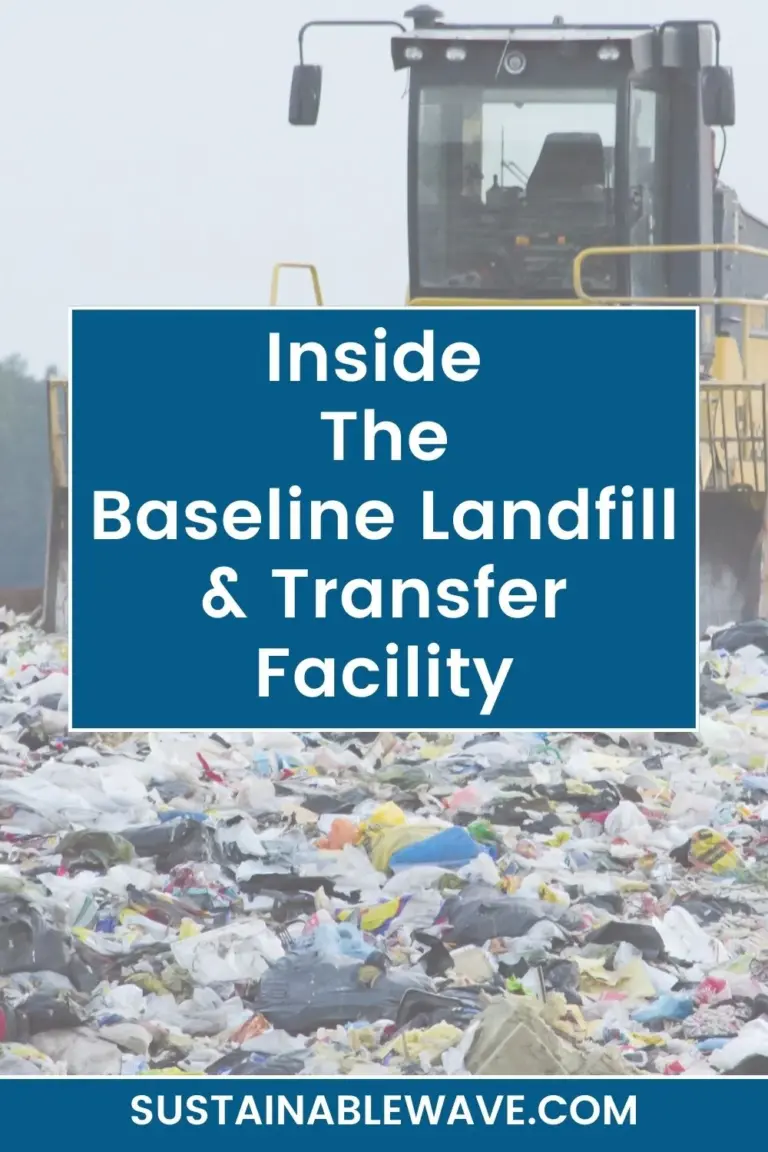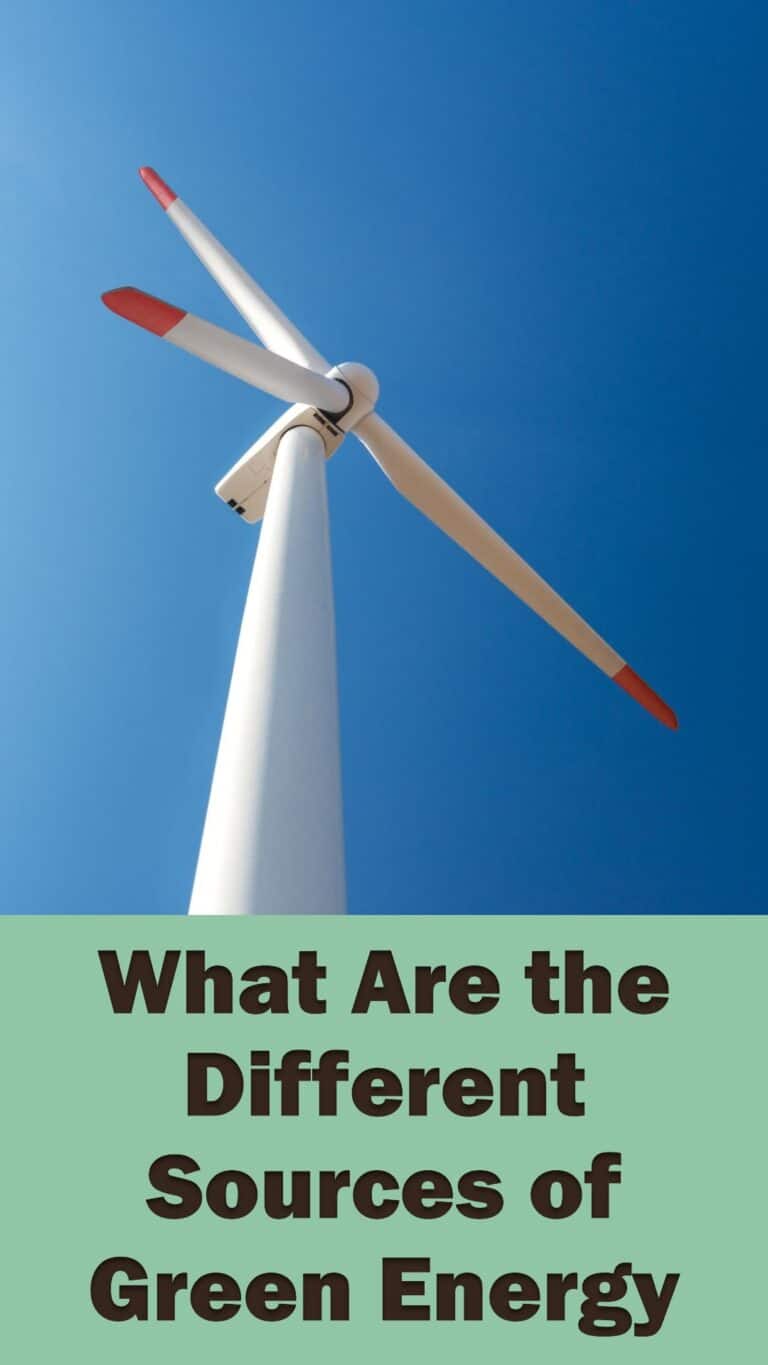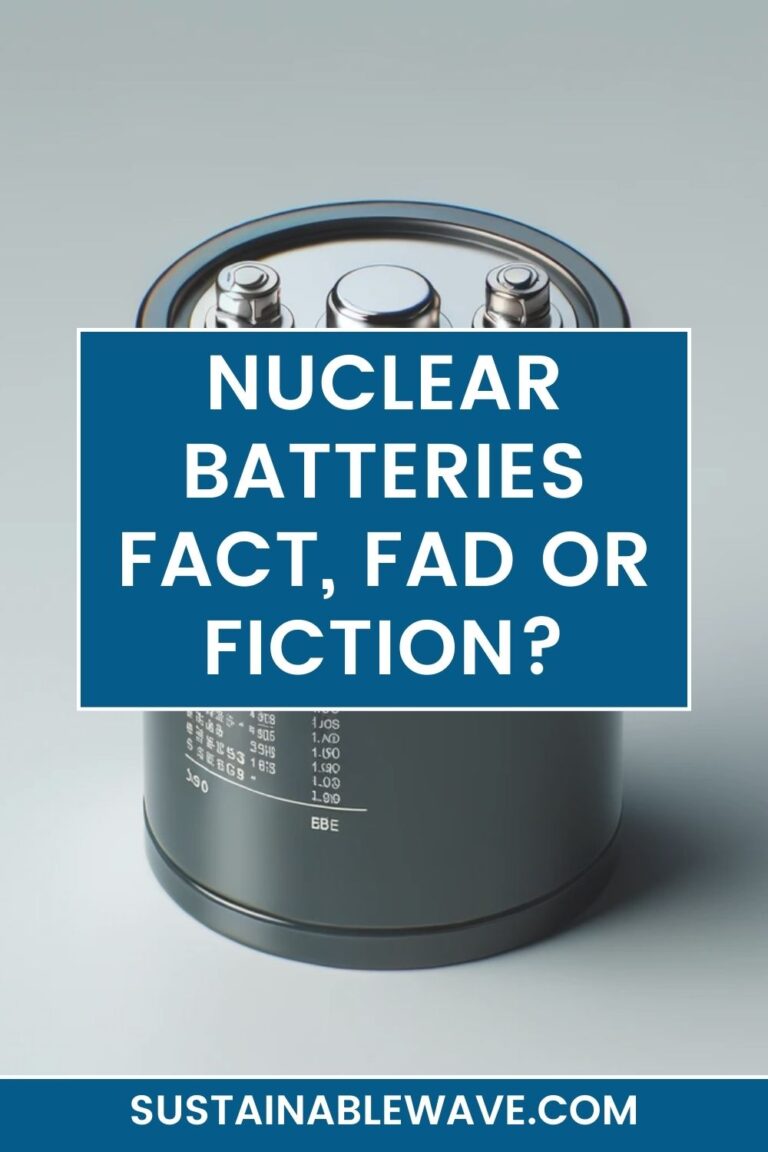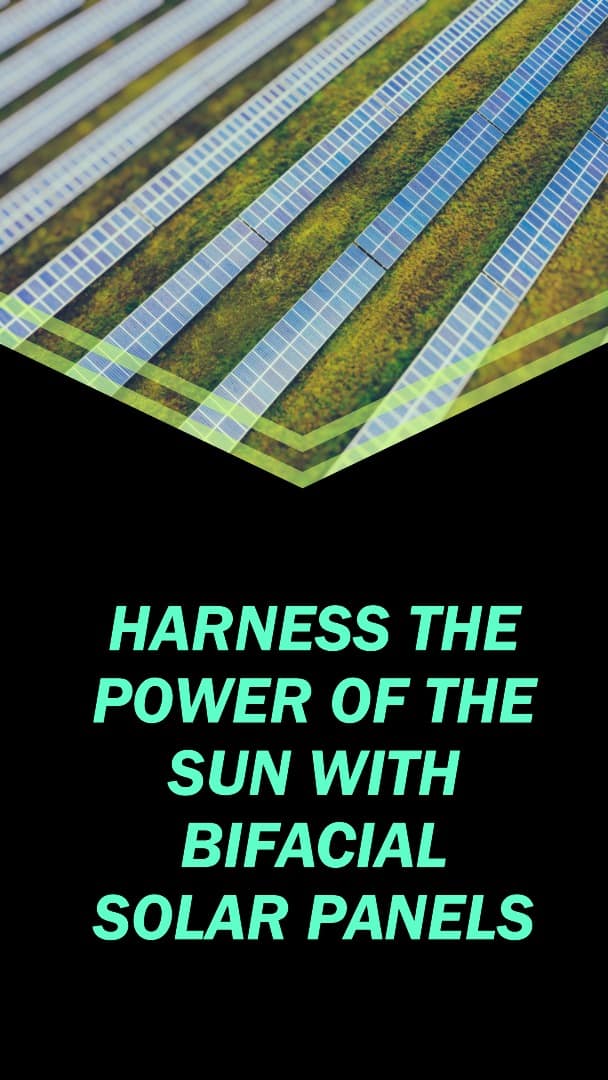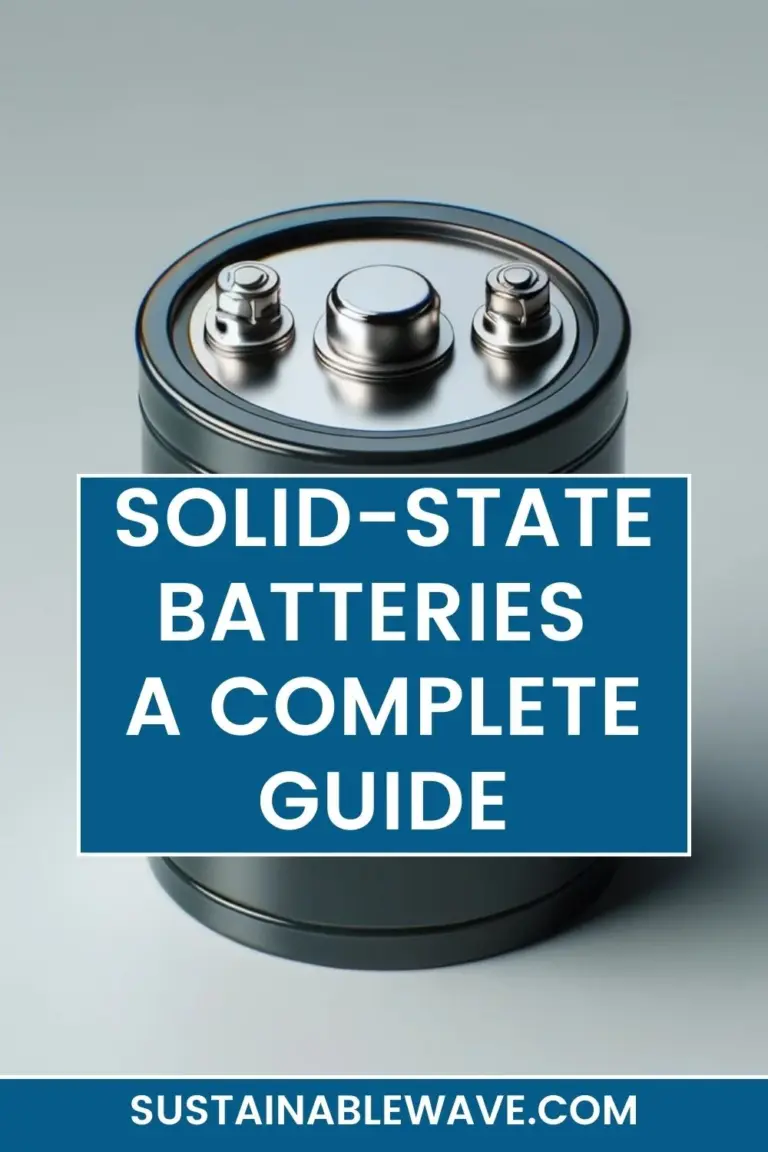Solar energy has become a shining beacon in the renewable energy sphere, offering a potentially inexhaustible supply of power with minimal environmental impact.
But, like the setting sun casts long shadows, there are indeed some bad things about solar energy that often remain obscured from popular discourse.
It’s crucial to highlight and understand these aspects, even as we surge towards a more sustainable future.
Bad Things About Solar Energy

Solar energy, though promising, is not without its drawbacks.
The efficiency of solar panels, the associated costs, the requirement of vast spaces, and the inconsistency of sunlight are just some of the challenges in harnessing solar power.
Efficiency of Solar Panels
The sun may be a colossal powerhouse, but our ability to harness its energy is far from perfect.
The most advanced solar panels available to consumers only have an efficiency rate of around 20%.
Why is that so? It’s a consequence of the theoretical efficiency limit, known as the Shockley-Queisser Limit, which states that a single junction solar cell can only achieve a maximum efficiency of about 33%.
So, are we shooting ourselves in the foot by relying on an energy source with such limited efficiency?
Cost Conundrums
While it’s true that solar energy, in the long run, can save you a heap of money, the initial investment is nothing to scoff at.
The costs of installing solar panels and associated systems can be astronomical for the average homeowner.
But wait, isn’t solar energy supposed to be a cheaper alternative?
Then why does the upfront cost seem so high?
Space Chase
Did you know that for a typical residential solar panel setup, you may need anywhere from 250 to 1,000 square feet of roof space?
And it’s not just any space; it’s space that gets ample sunlight.
This might be a hurdle too high for many urban dwellers.
Are we then implying that solar energy is not a feasible option for city slickers?
Inconsistency of Sunlight
There’s an age-old saying, “You can’t rely on the British weather.” Well, the same can be said for solar energy.
The inconsistency of sunlight due to weather changes, day-night cycles, and seasonal variations poses a significant challenge for solar energy reliability.
Does this mean we’re left in the dark during cloudy days and winter months?
Dependence on Non-renewable Resources
Despite being a renewable energy source, the production of solar panels still largely depends on non-renewable resources.
How much does this dependence muddy the ‘green’ credentials of solar energy?
Production of Toxic Waste
The manufacturing and disposal of solar panels can lead to the production of hazardous waste.
Are we swapping out air pollution from fossil fuels for a different kind of environmental hazard?
Impacts on Environment: The Irony of Green Energy
Isn’t it ironic that while we strive to adopt green energy solutions, some of these alternatives, including solar energy, might have environmental consequences themselves?
Let’s explore how.
Manufacturing and Recycling of Solar Panels
It may surprise you to know that the manufacturing process of solar panels can be rather harmful to the environment.
Also, what happens when these panels reach the end of their lifespan?
Can we just toss them in the trash, or is there a bigger problem lurking behind our green initiatives?
Land Use and Habitat Disruption
Large-scale solar farms require extensive areas, potentially encroaching on natural habitats and agricultural lands.
What’s the impact on our ecosystems? Are we inadvertently harming Mother Nature in our bid to save her?
Use of Water
Solar panel production and maintenance, particularly in the case of Concentrated Solar Power (CSP) systems, can demand substantial amounts of water, a resource that is increasingly becoming scarce.
Are we trading one environmental problem for another?
E-Waste Management
The end-of-life management of solar panels contributes to the growing problem of electronic waste.
How are we handling this escalating concern?
Solar Glare
Solar panels can sometimes cause glare that can be disruptive or even hazardous.
What implications does this have for our communities and aviation safety?
Social and Economic Implications: The Human Cost

The socio-economic impacts of solar energy might not be immediately apparent, but they can be significant.
From the financial strain on consumers to job displacement, solar energy presents some thorny issues.
Economic Disparity
The high upfront cost of solar systems can lead to an economic divide where only those with deep pockets can afford clean energy.
Is solar energy inadvertently creating a socio-economic divide?
Job Displacement
As the energy sector shifts from traditional sources like coal to solar, there’s the risk of job displacement for those working in these industries.
Are we ready to tackle the fallout of such a seismic shift in the job market?
Grid Infrastructure Challenges
The integration of solar power into the existing grid can present challenges, potentially affecting power quality and reliability.
How significant is this obstacle in our quest for renewable energy?
Resource Inequality
The unequal distribution of solar resources across the globe might deepen the divide between sunny, affluent nations and less sunny, poorer regions.
Are we prepared to address this global dilemma?
FAQs about the Bad Things About Solar Energy
1. Are solar panels bad for your roof? While it’s not common, improper installation or a flawed design could potentially cause roof damage. Professional installation and regular maintenance can largely mitigate this risk.
2. Does solar energy contribute to global warming? The production of solar panels does release greenhouse gases. However, the overall carbon footprint of solar energy is significantly lower than fossil fuels.
3. Can solar panels cause health issues? There’s no scientific evidence to suggest that solar panels pose a health risk. The primary concern is the potential toxic materials released during the manufacturing and disposal of solar panels.
4. Is solar energy reliable? Solar energy’s reliability can be impacted by factors like weather conditions and geographical location. However, battery storage solutions are improving the consistency of solar power.
5. Are solar farms harmful to wildlife? There are concerns that large solar farms could disrupt local ecosystems. However, with careful planning and mitigation strategies, these impacts can be minimized.
6. Can the world run entirely on solar energy? While it’s theoretically possible, practical limitations like the need for vast amounts of land and storage capacity, as well as the intermittent nature of sunlight, make it unlikely in the foreseeable future.
Conclusion: The Bittersweet Symphony
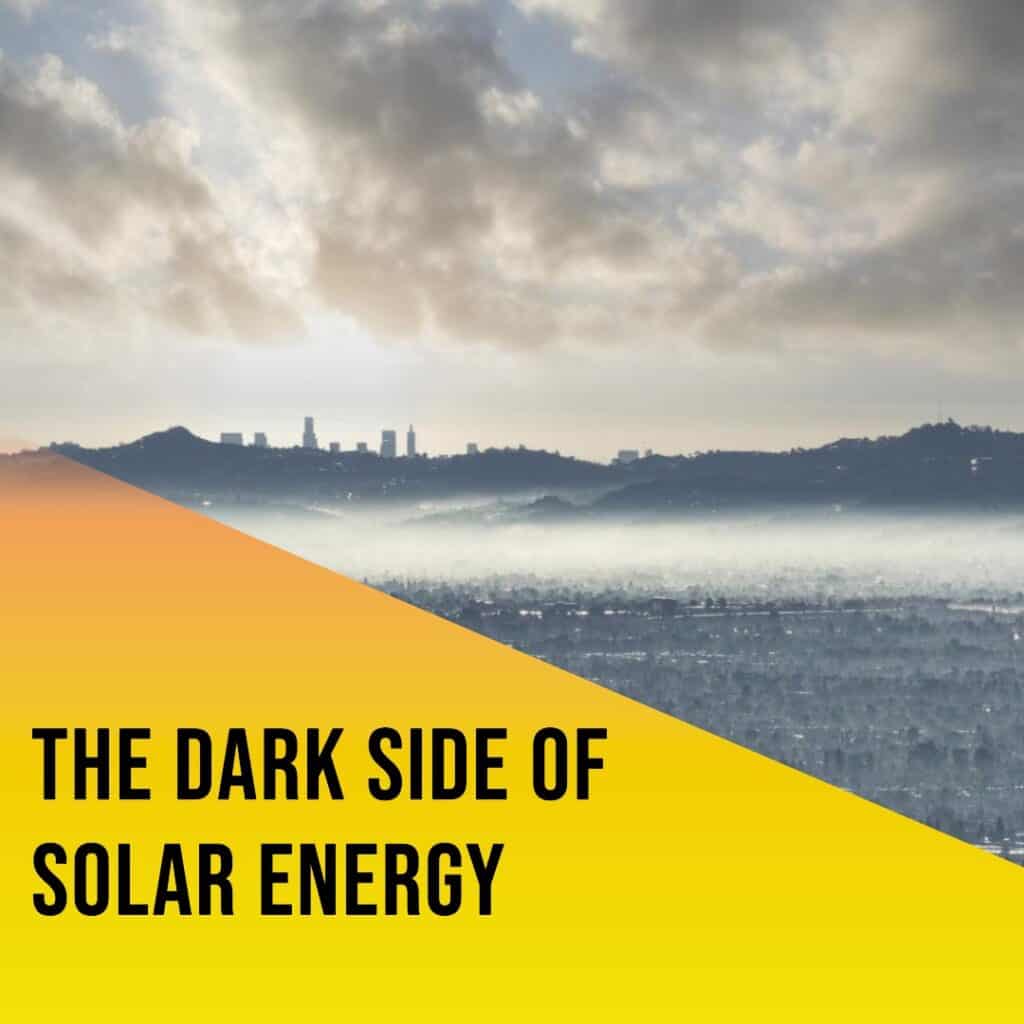
As we pull back the curtain on the bad things about solar energy, it’s evident that this renewable power source is a mixed bag.
Yet, it’s crucial to remember that the challenges aren’t insurmountable.
As we continue refining technologies and policies, solar energy remains a crucial player in our collective journey toward a sustainable future.
Sources
- EnergySage – This comprehensive guide on solar energy pros and cons covers a wide range of issues including efficiency, cost, environmental impacts, and more: EnergySage: Advantages and Disadvantages of Solar Energy
- US Environmental Protection Agency (EPA) – EPA’s resource provides a detailed analysis on the environmental impacts of solar power, from manufacturing to end-of-life disposal: EPA: Solar Power’s Impact on Water, Land, and Materials
- Union of Concerned Scientists (UCS) – UCS offers an in-depth exploration of the socio-economic and environmental aspects of large-scale solar energy development: UCS: Environmental Impacts of Solar Power
I’m Thomas, the owner of SustainableWave. Passionately promoting a sustainable planet. With experience in various eco-roles, I’ll share green tips, sustainability hacks, and personal eco-journeys on my blog.

